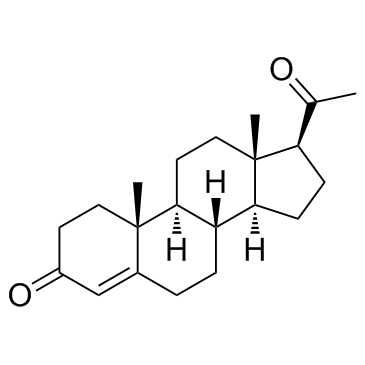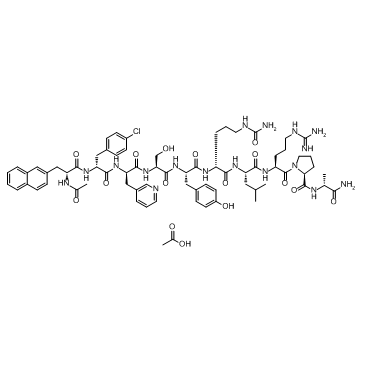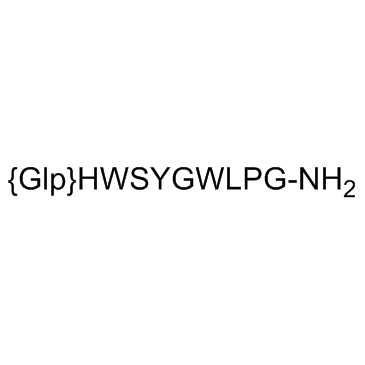| 结构式 | 名称/CAS号 | 全部文献 |
|---|---|---|
![[PYR]HWSYGLRPG-OH 结构式](https://image.chemsrc.com/caspic/264/35263-73-1.png) |
[PYR]HWSYGLRPG-OH
CAS:35263-73-1 |
|
 |
孕酮; 黄体素; 黄体酮
CAS:57-83-0 |
|
 |
醋酸西曲瑞克
CAS:145672-81-7 |
|
 |
鲑鱼促黄体激素释放激素
CAS:86073-88-3 |